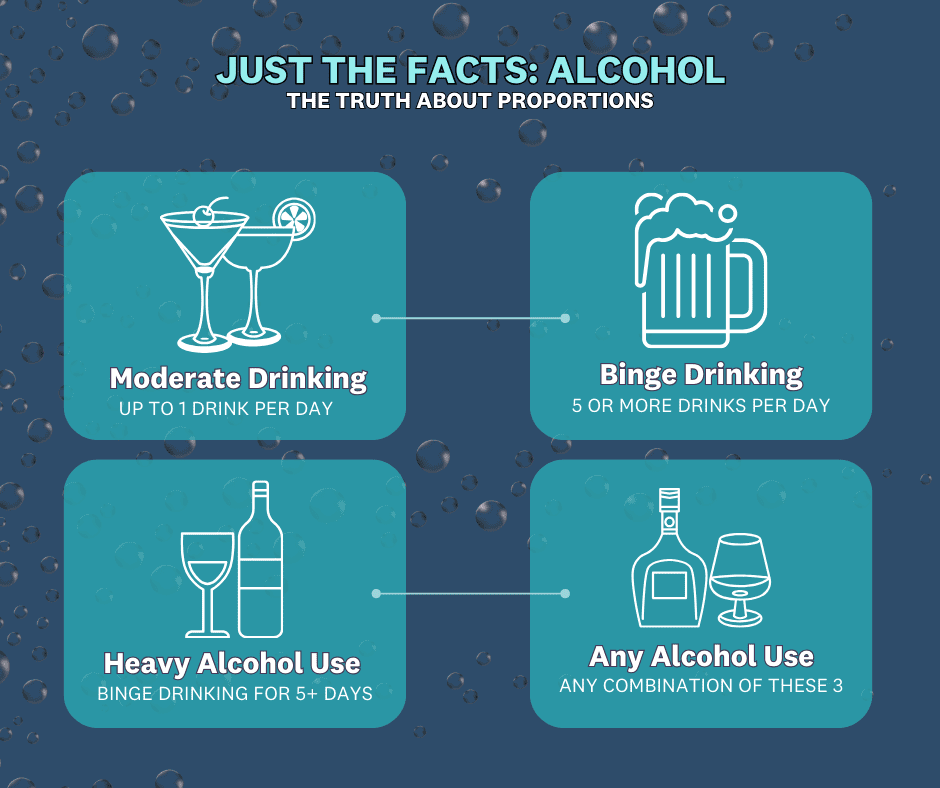Curious about how many beers it takes to get drunk based on your weight? Let’s unravel this mysterious formula together!

Image courtesy of Pixabay via Pexels
Table of Contents
Have you ever found yourself pondering the age-old question, “How many beers does it take to get drunk?” Whether you’re a seasoned drinker curious about your own tolerance levels or a newcomer navigating the world of alcohol consumption, understanding the science behind intoxication can shed light on this intriguing topic. In this blog post, we will delve into the complexities of alcohol metabolism, individual tolerance levels, and the various factors that can influence how many beers it takes for someone to reach the point of inebriation.
Alcohol Metabolism
Alcohol metabolism plays a crucial role in determining how quickly and intensely someone becomes intoxicated. When you consume a beer, the alcohol it contains enters your bloodstream and is eventually processed by your liver. The enzyme alcohol dehydrogenase converts the alcohol into acetaldehyde, which is then further broken down into acetic acid. This process is what allows your body to eliminate alcohol from your system.
Various factors can affect the speed and efficiency of alcohol metabolism in the body. Age, gender, weight, and genetics all play a role in how quickly your body processes alcohol. Younger individuals tend to metabolize alcohol more slowly than older adults, while men typically have a higher alcohol dehydrogenase activity than women. Additionally, individuals with certain genetic variations may experience faster or slower alcohol metabolism rates.
Individual Tolerance Levels
Understanding individual tolerance levels is essential when considering how many beers it takes to get drunk. Tolerance to alcohol refers to how much of the substance a person can consume before feeling intoxicated. This can vary significantly from person to person and can be influenced by factors such as regular alcohol consumption, genetics, and overall health.
Regular drinkers often develop a higher tolerance to alcohol over time, meaning they may need to consume more drinks to achieve the same level of intoxication. This phenomenon, known as functional tolerance, can be dangerous as it may lead individuals to underestimate their level of impairment. It’s important to note that tolerance levels can fluctuate based on a variety of factors, and it’s crucial to monitor your alcohol intake accordingly.
Factors Influencing Intoxication
While alcohol metabolism and tolerance levels are significant factors in determining how many beers it takes to get drunk, several other variables can also influence intoxication. One crucial factor is the alcohol content of the beverages you consume. Beers with higher alcohol concentrations will lead to quicker intoxication compared to lower-alcohol options.

Image courtesy of www.safeproject.us via Google Images
The speed at which you consume alcohol can also impact how quickly you become drunk. Drinking multiple beers rapidly can overwhelm your body’s ability to metabolize alcohol, leading to a faster rise in blood alcohol concentration. Eating food before or while drinking can help slow down alcohol absorption, while staying hydrated can prevent dehydration and lessen the effects of alcohol.
Conclusion
As we’ve explored in this blog post, the question of how many beers it takes to get drunk is a multifaceted one. Alcohol metabolism, individual tolerance levels, and various influencing factors all play a role in determining how alcohol affects your body. By understanding these complexities and approaching alcohol consumption responsibly, you can make informed decisions about your drinking habits.
Remember that everyone’s body is different, and what might be a safe amount of alcohol for one person could be too much for another. Drink in moderation, know your limits, and always prioritize your health and safety when consuming alcohol. Cheers to a better understanding of the science behind getting drunk!
FAQ
Question 1: How does weight impact how many beers it takes to get drunk?
Answer 1: Weight plays a significant role in alcohol metabolism. Generally, the more you weigh, the more alcohol your body can process, meaning it may take more beers for a heavier individual to become intoxicated compared to someone lighter.
Question 2: Can genetics affect how many beers it takes to get drunk?
Answer 2: Yes, genetics can influence alcohol metabolism rates. Individuals with certain genetic variations may metabolize alcohol faster or slower, impacting how quickly they become intoxicated. This genetic factor is one of the many variables that can affect tolerance levels.
Question 3: Does gender play a role in alcohol tolerance?
Answer 3: Yes, gender can influence alcohol tolerance levels. On average, men tend to have higher alcohol dehydrogenase activity, a crucial enzyme in alcohol metabolism. This can result in men being able to process alcohol more efficiently than women, affecting how many beers it takes for intoxication to occur.
Question 4: How can I calculate my drunk threshold based on weight?
Answer 4: While there isn’t a precise formula to calculate the exact number of beers it takes for you to get drunk based on weight, understanding your tolerance levels, monitoring your alcohol consumption, and staying informed about responsible drinking practices can help you gauge your limits effectively. It’s essential to drink responsibly and prioritize your well-being.
Powered by Texta.ai Blog Automation
Leave a Reply